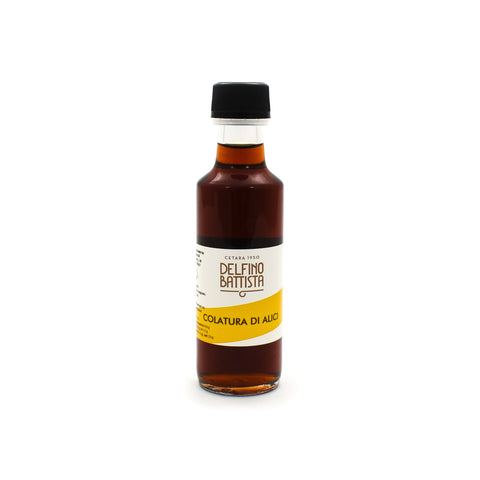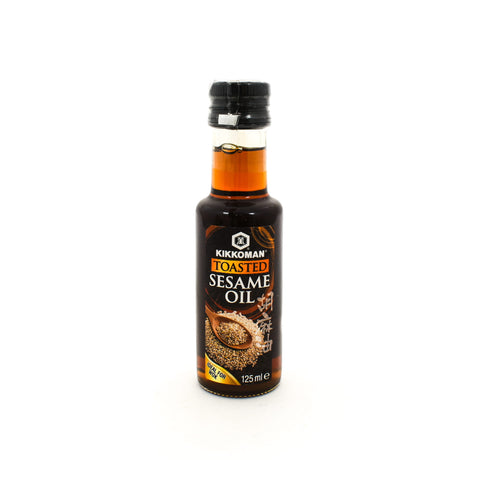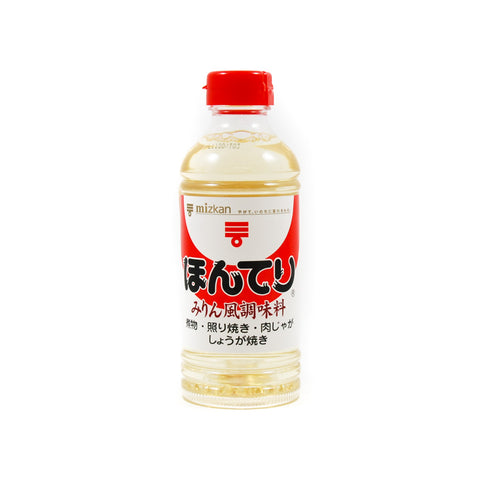Emiko Davies On The Japanese Food Of Her Childhood
by Emiko Davies

Australian-Japanese cook and writer Emiko Davies has lived in many countries across the world. Her home is currently between Florence and Pisa, where she hosts cookery classes and workshops. She has written several cookbooks inspired by the food of Florence and Tuscany. And her latest book Gohan is an exploration of the Japanese recipes of her childhood.
GOHAN: Everyday Japanese Cooking by Emiko Davies (Smith Street Books, £26) Photography: Yuki Sugiura
What new tips, tricks or ideas have you learned while writing your book?
I’ve learned so many things — from the best way to draw out the umami from a piece of kombu to learning how to make fresh tofu at home (very much like making cheese).
That was an important one for me, I wanted to unlock a food memory of eating fresh tofu at my grandmother’s table and it’s so hard to find that same freshness and texture here.
To learn more about it, I travelled to Nagano in Japan to get a lesson from a wonderful tofu maker in his seventies.
Which other recipe books, writers and chefs have influenced you over your life?
The first cookbooks I fell in love with were Tessa Kiros’ books. I love how she wove stories about a place using the recipes, along with evocative photographs of food and places.
When I started my own food writing career, I really loved reading old cookbooks — Alice B Toklas, Elizabeth David and Patience Gray, for example. Theirs were cookbooks without any pictures that transported you instantly through the food and the writing.
I would take these books to read like novels before I even cooked anything out of them. More recently, I was also very inspired by Hetty McKinnon’s cookbook To Asia with Love, where McKinnon shares stories and recipes from her Chinese family.
Can you tell us about your journey into food - were you always destined to cook?
Ever since I was a child I’ve always loved cooking (and eating, I think those things go hand in hand) and I love working with my hands.
Cooking I think came very naturally to me because it’s such a creative process and I am a creative person — I ended up studying Fine Art and art restoration before turning to cooking and food writing and I think that for me they are actually all related, they’re all things that let me work with my hands.
I loved also the aspect of preservation in my art restoration work and the idea of preserving recipes and stories and passing them on has always been very appealing to me too.
TRY: Emiko's Onigiri rice balls, filled with umeboshi plums
What is one kitchen tip everyone should know?
Peeling ginger with a teaspoon. The first time I heard about it, several years ago, I thought, come on, can it really be that helpful? You just have to try it! A complete game changer.
The teaspoon peels off only the very thin skin, leaving you with the best part of the ginger (the part just below the skin).
BROWSE: All Japanese food and ingredients at Sous Chef
What dish do you turn to most often?
Being a mother to two, I end up cooking mostly for my children but luckily one of their favourite dishes is also one of mine — tamagonogohan, the most simple dish, a little like fried rice but you are only scrambling an egg, with a touch of soy sauce, into cooked rice.
It’s so comforting and delicious. My mother used to make it for me as a child if I wasn’t feeling well and it’s become a very nostalgic dish for me.
What’s your favourite ingredient to cook with right now?
Right now I am having a moment with colatura di Alici, which is basically the fish sauce of Italy. It’s an ancient preparation, where fresh anchovies are layered with salt in special barrels and the liquid that drips out is what is collected.
It is extremely flavourful, you only need a few drops in a pasta dish or as part of a salad dressing to take the whole thing to another level!
What makes a great comfort dish for you?
Really anytime I eat rice I feel an immense sense of comfort — anything from a simple bowl of warm steamed, slightly sticky Japanese rice to a risotto, I find rice does that for me every time! Maybe it’s the fragrance, or the way rice warms you from the inside out — I find it so satisfying and comforting.
Where do you find inspiration?
I like to look into a dish that has a story to tell, especially if it is a story that people don’t know well.
I also really appreciate a dish that can talk about a place or vice versa. Often it might just be a trip to a new place I haven’t been before to taste something new that sparks my curiosity.
Explore more Japanese recipes and ideas at Sous Chef
What ingredients are always stocked in your pantry?
We always have extra virgin olive oil, though it never technically makes it to the pantry — we are always using it so it sits right on the kitchen counter next to the sea salt.
I do keep a lot of Japanese condiments stocked though as they are hard to come by where I live and so I need to order them specially. I have several different types of soy sauce, sesame oil, sake, mirin, katsuobushi and dried kombu, plus a few different kinds of furikake flavours and lots of dried noodles.
What ingredients have you recently discovered that you are excited about?
Natto (Japanese fermented soy beans)! It is one of those things that is either loved or hated, even in Japan. But it is incredibly good for you, and I have to say I have fallen in love with its flavour, which is something I’d describe as reminiscent of Vegemite.
I have grown up with natto in the house, my mother and sister love them, but I realised I had never really revisited trying them after a failed attempt as a child (this is why things need to always be tried again and again!). So last year I finally tried natto again.
I had interviewed all my family members who love it, seeking their favourite ways to eat it so I could try them. The thing I love about it (other than how I think of my family as I eat it) is that it can be eaten so many different ways — you should flavour it with hot mustard and soy sauce, and mix it really well until it is quite fluffy (a bit like whipping egg whites) and then you can just eat it on top of rice, or mix in other favourite ingredients, you can stir it into miso soup (it loses some of its stickiness that way) or top it with a fried egg! I have a cousin who cooks it with minced pork and garlic chives — delicious.
RECIPE: Quick Hojicha Ice Cream
Shop all the products that are linked above:

About the author
Australian-Japanese cook and writer Emiko Davies has lived in many countries across the world. Her home is currently between Florence and Pisa, where she hosts cookery classes and workshops. She has written several cookbooks inspired by the food of Florence and Tuscany. And her latest book Gohan is an exploration of the Japanese recipes of her childhood.










